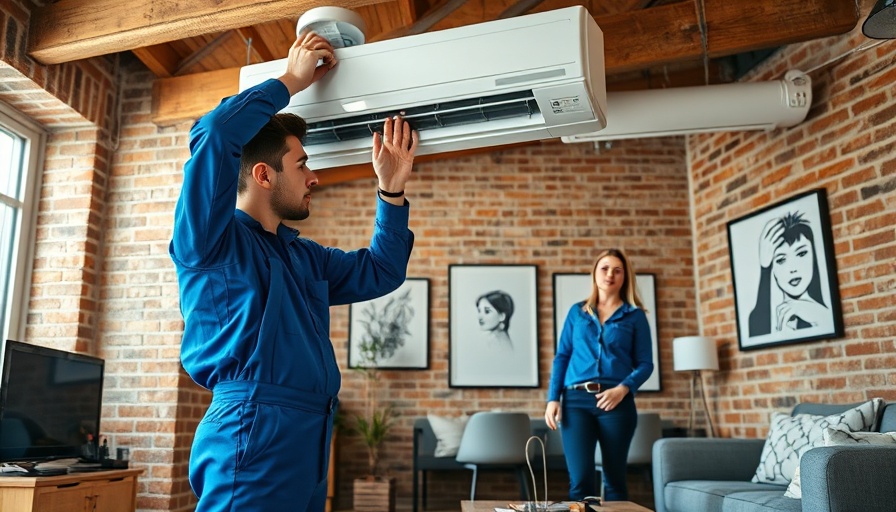
Transforming Expectations in the Trades Sector
As we look towards 2025, the trades sector is on the brink of a transformative wave. Companies must adapt to the rising expectations of their customers, who are increasingly demanding not just services but experiences. This evolution is not just about getting the job done; it's about creating lasting impressions that foster loyalty. Customer expectations are influenced by not only the quality of service but also transparency, reliability, and enhanced communication.
Building Strong Relationships: The Key to Customer Loyalty
Customer loyalty in today's market extends beyond mere satisfaction; it’s about building strong relationships. Companies that engage directly with their clients, listen to their needs, and provide exceptional post-service support can differentiate themselves significantly. With the rapid development of digital tools, trades businesses can leverage social media and customer feedback platforms to connect with their audience and foster a loyal customer base. Personal, attentive service is the heartbeat of customer retention.
Adapting to Technology: Staying Ahead of the Curve
The integration of technology in the trades sector is a game changer. Embracing digital solutions—like customer relationship management (CRM) systems and mobile applications—enables companies to streamline operations and improve customer interactions. The rise of smart home technologies is another factor. Customers expect contractors to not only be skilled but also knowledgeable about the technologies they incorporate into their work. Training staff on the latest tools and trends will enhance the service offering and improve customer confidence.
The Importance of Sustainability in Building Trust
More consumers are prioritizing sustainability in their purchasing decisions. Trades companies must acknowledge this shift by adopting environmentally friendly practices. Offering green options not only appeals to eco-conscious clients but also positions the business as a leader in innovation. Sustainability can be a key differentiator that attracts and retains customers who value social responsibility.
Embracing Feedback: Learning to Improve
Constructive feedback is a treasure trove of insight for trades companies. Organizations that actively seek, analyze, and implement customer feedback into their processes are likely to stay ahead in the competitive landscape. Surveys and follow-ups post-service can provide invaluable information on customer experience, leading to continuous improvements in service delivery.
Conclusion
Navigating the evolving expectations in the trades sector is essential for businesses eager to thrive in 2025 and beyond. By focusing on relationship-building, embracing technology, prioritizing sustainability, and valuing customer feedback, companies can enhance loyalty in a competitive market. Adapting to these changes isn’t just good for business; it’s fundamental to long-term survival.
 Add Row
Add Row  Add
Add 




Write A Comment